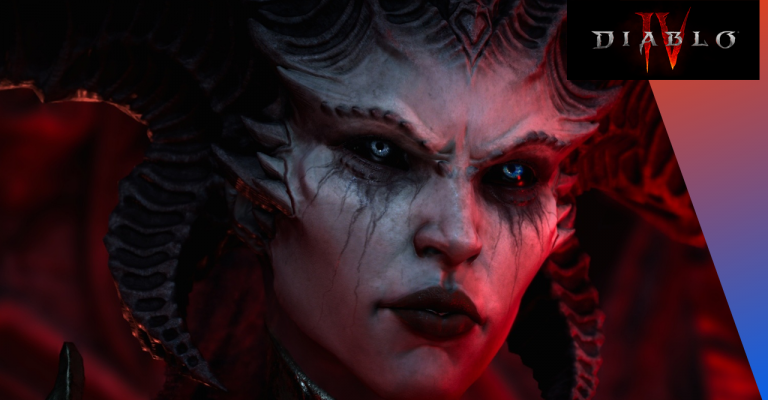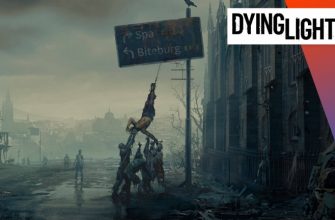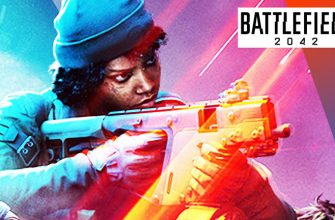The header video corresponds to the Diablo IV announcement trailer, released during Blizzcon on November 01, 2019.
In the last quarterly report of the year, Blizzard reports on the progress of Diablo IV. In a post on the studio’s blog, Joe Piepiora (head of system design) talks about the new paragon system and objects while game visual effects manager Daniel Briggs will discuss visual effects and readability.
These are first of all the skills that are approached by the team, with the return of the skills + affixes. Powers can now be upgraded, increasing in potency. Ranks that can be improved thanks to skill points but also via objects: some give ranks to a skill, or even unlock it if it has not yet been learned. A good way to test some power without investing in it.
Changes are also expected for legendary powers, a cornerstone in Diablo. They can now be found on all types of objects (ring, leggings, breastplate …): this means that it is no longer necessary to search for a specific specific item category to seek its power. A change that comes with the arrival of the occultist, a new non-playable character. The latter makes it possible to extract a legendary power in the form of gasoline, destroying the object, to reinject it into another weapon.
But that’s not all ! A new progression system is reserved for characters of maximum level in Diablo IV: the paragon board. It allows you to customize your character as the paragon levels are acquired, the bonus levels recovered once the max level is reached. This paragon board, visible below, has several types of tiles: normal, magic, rare and legendary. Obviously, the rarer the type of slab, the greater or even unique the power granted. In addition, it will also be possible to embed sockets on certain types of slabs allowing them to improve the bonuses granted. Finally, the last type of slab and not the least: the gateway slabs. They allow players to extend their paragon board with another and link it with the existing one, promising even more player customization.
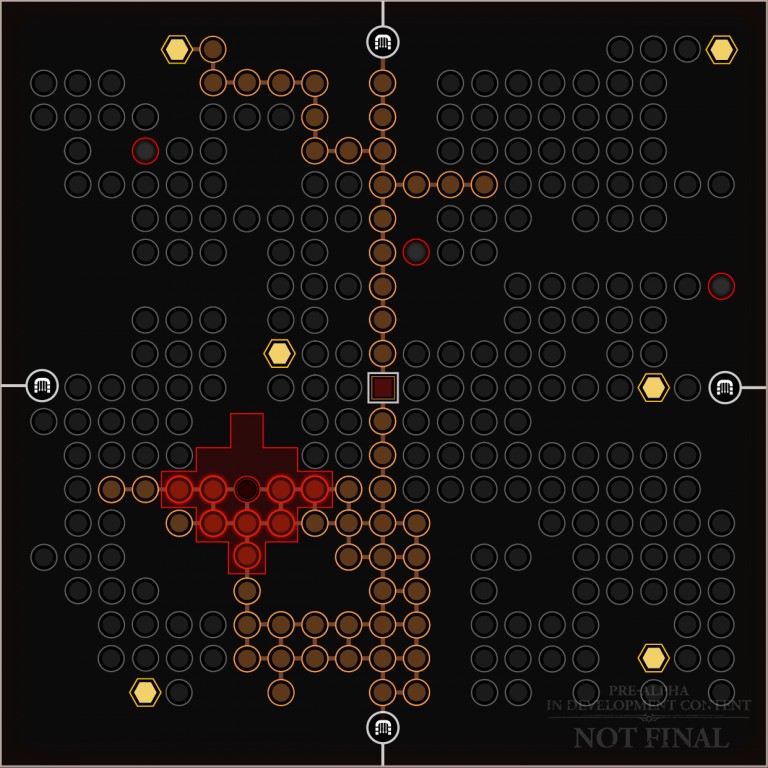
In a more technical paragraph conceives the gigantic explosions and the formidable visual effects of the skills without sacrificing the clarity and readability of the game,
Areas of effect expand outward over time, and melee hits follow your weapon’s movement. Animated target areas allow us to improve the way damage is applied in Diablo IV; the combat offers more gripping feelings and the physics of the monsters seem more realistic. Payloads also give us the ability to incorporate a subtle nuance of timing into all kinds of skills.
In addition, the developers explain that the animation data allows them to make the game more immersive since they can locate the place where the monster should receive the impact. As an example, they state that if a monster is hit in the knee, blood will come out of the knee and the enemy will swing as if they had been hit there. Besides that, light plays an important part in the work of the team behind Diablo IV. Unlike its predecessors, it uses a PBR system: that is, materials react to light. A process that improves rendering and immersion, but which is not always easy to use for a game like Diablo:
If we only used environment lighting and actually followed the rules of the PBR model, the readability of the game would suffer, especially in dark places, where it would be difficult to distinguish weapon movements. To remedy this, many visual effects themselves emit light which diffuses into the environment. Several Ultimate Skills in the game will even allow you to alter the weather and surrounding lighting for a limited time. Our goal is to find the right balance between clarity of play and immersion in the universe.
In that same Quarterly Report, it is stated that Blizzard’s approach to its games over the years was as follows: “gameplay above all“. A credo that puts the way of playing at the forefront for Blizzard, which wants it to be entertaining. An entertainment that also goes through the visual aspect:
Your choices shouldn’t just affect your character’s stats. When we’re happy with a class skill, the Effects Team incorporates the ability for developers to dynamically change the size, intensity, and duration of a skill. Your skills will see their visual intensity increase as you make upgrades to them and select items that will increase their power.
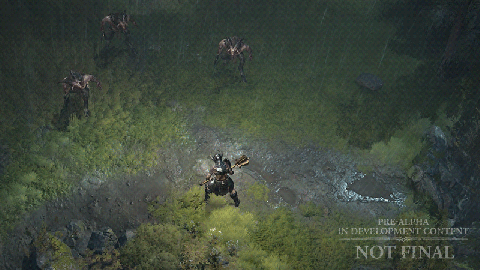
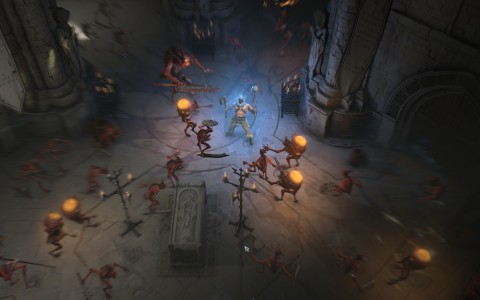
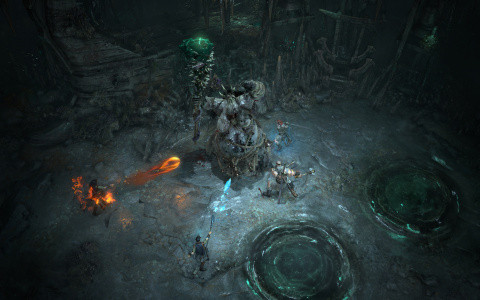
At the end of the report, Blizzard states that skill-related death effects were picked up in Diablo IV following its success in Diablo III. Depending on the skill that kills them, enemies will react differently depending on. For example, the witch can char them with lightning or burn them, while the thief can tear off an enemy’s skin or cause their entrails to gush out.
Ultimately, this quarterly report says Diablo IV is moving forward. This is also evidenced by the test which is currently taking place internally, synonymous with an important stage in the development of the title. Still, we will still have to be patient before the release of the game. On November 3, Activision-Blizzard announced that it would release later than planned for Diablo IV and Overwatch 2. Diablo IV is, for the moment, expected on PC, PS4 and Xbox One.
Source: Diablo IV Quarterly Report: December 2024

